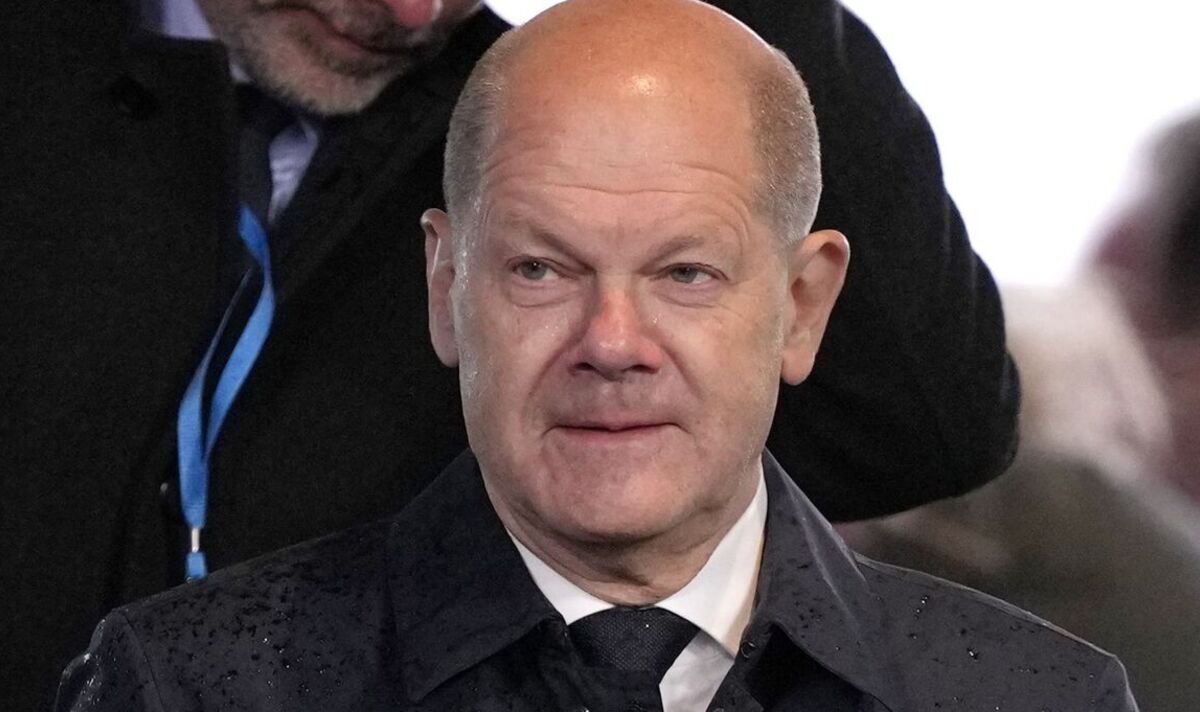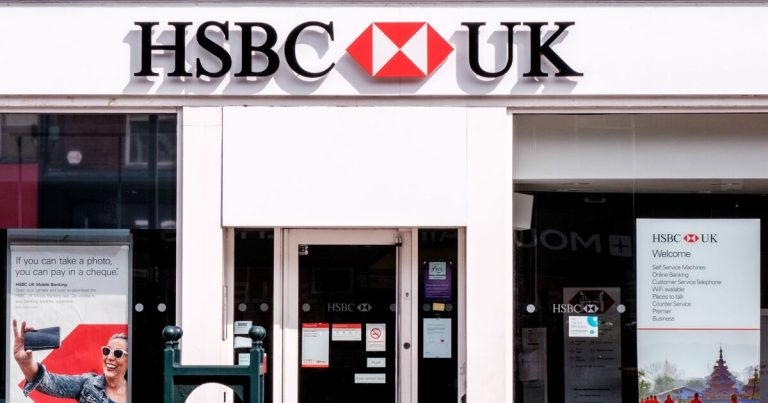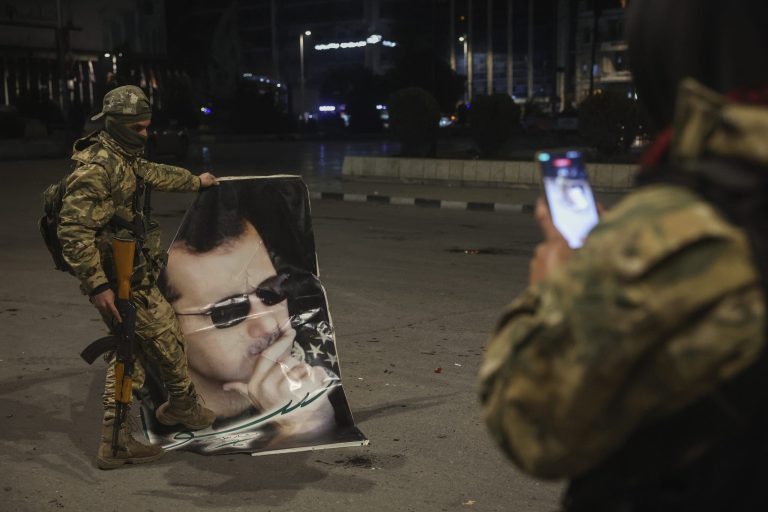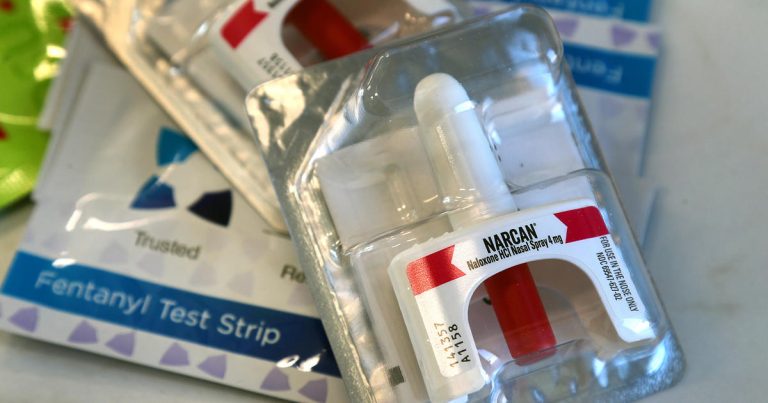
Inflation in Germany rose 3.8 percent for the year to October as high prices continue to affect everyday costs.
Ruth Brand, president of the Federal Statistical Office, said: “Consumers are still feeling the higher food and energy prices, which have risen during the extended period of war and crisis.”
This is down from the September figure when inflation was at 4.5 percent with the reat of inflation now at its lowest level since August 2021.
Ms Brand also said: “Currently, the price increase at consumer level is slowing down somewhat. The year-on-year rate of increase in food prices has continued to fall, and the prices of most energy products were even lower compared with the previous year.”
Food prices were a key driver in the rise in prices with the cost of food up 6.1 percent, down from 7.5 percent in September.
Prices for bread and cereals increased 10.9 percent while costs for confectionary such as sugar, jam and honey increased 13.4 percent.
Julian Jessop, economics fellow at the Institute of Economic Affairs, told Express.co.uk previously: “Even the Germans agree that Germany is the sick man of Europe! This has been a theme in the local press for many years.
“There are many problems, but the three most important are a failed energy policy, excessive dependence on export-led manufacturing, and overreliance on cheap migrant workers.
“These have been cruelly exposed by Russia’s invasion of Ukraine, the slowdown in China, and the loss of many foreign staff who returned home during COVID-19 and have not returned.”
Alcohol and tobacco prices increased 8.5 percent for the year to October, with the rate of inflation unchanged compared to September.
The latest figures from Destatis also show energy product prices in October fell by 3.2 percent compared to a year ago.
Households energy prices increased by 0.1 percent compared to a year ago while costs for heating oil and natural gas fell 28.2 percent and 13 percent respectively. The price of electricity increased by 4.7 percent.
Other prices that increased include clothing and footwear, up 3.1 percent, while health costs increased by two percent.
Pierre-Olivier Gourinchas, director of research at IMF, said previously: “The global economy continues to recover from the pandemic, Russia’s invasion of Ukraine and the cost of living crisis. In retrospect, the resilience has been remarkable.
“Despite war-disrupted energy and food markets and unprecedented monetary tightening to combat decades-high inflation, economic activity has slowed but not stalled.
“Even so, growth remains slow and uneven, with widening divergences. The global economy is limping along, not sprinting.”
For the latest personal finance news, follow us on Twitter at @ExpressMoney_.






